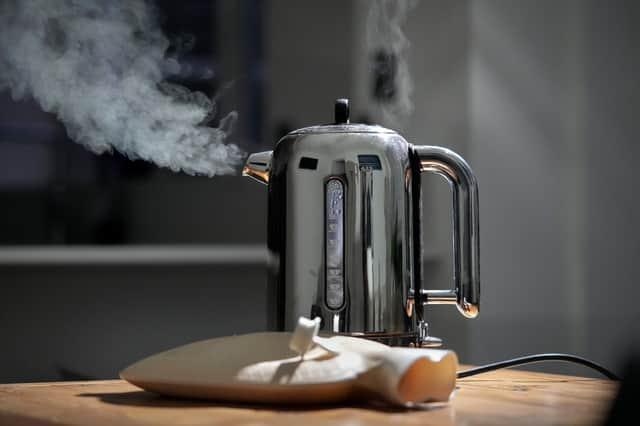Child safety concerns grow amid surge in hot water bottle burn incidents - how to use them safely


Experts have cautioned against providing hot water bottles to children due to a surge in the cases of severe burns. They have suggested that increasing worries about the cost of living, which drive individuals to seek alternatives to their central heating systems, may be contributing to the rise in burn incidents. Data from the International Burn Injury Database (iBID), which covers England and Wales, revealed a notable increase in the number of hot water bottle-related burn injuries. In the first half of 2023, major burns units treated 99 such cases, compared to 68 in the corresponding period in 2022.
Burns and scalds to adults and the elderly from hot water bottles also rose by about a fifth. The data does not include more minor burns and scalds that are treated in A&E departments – meaning the figures reflect the most serious incidents. Ken Dunn, retired consultant and plastic surgeon, and vice chairman of the Children’s Burns Trust, which released the figures with the British Burn Association, said: “The significant increase we have seen of injuries from hot water bottles to children is alarming and as the colder months of the year approach – coupled with the ongoing cost of living – we’re urging families to avoid using hot water bottles for children. By raising awareness of the risk posed by hot water bottles and educating people on the safest way to use them – as well as the correct first aid should an injury occur – we can help to reduce the number and resultant scarring of these devastating injuries.”
How to safely use a hot water bottle
Advertisement
Hide AdAdvertisement
Hide AdIf you do use hot water bottles in the home, Dunn said you should "remember two key pieces of information about how to use them safely".
"Never fill them with boiling water and always check the rubber flower symbol found on the neck which shows which month and year the hot water bottle was made," he advised, adding that "any bottle older than two years old should be replaced."
Here are some more guidelines to ensure the safe usage of hot water bottles:
Before use, carefully check the hot water bottle for any signs of wear and tear, including cracks, leaks or damage.
Advertisement
Hide AdAdvertisement
Hide AdUse hot, but not boiling, water to fill the bottle. Boiling water can damage the bottle and cause scalding. Fill the hot water bottle to about two-thirds of its capacity. Overfilling can increase the risk of leaks and burns.
Always use a cover or wrap the hot water bottle in a cloth or towel before applying it to your skin. This helps to prevent direct contact and reduces the risk of burns. Test its temperature by gently pressing it against your forearm or the back of your hand to ensure it's comfortable and not too hot.
After filling, check for leaks by gently pressing on the bottle. Ensure it is tightly sealed. Make sure the stopper or cap is tightly secured to prevent water from escaping.
If you're giving a hot water bottle to a child, always supervise them to ensure they don't misuse it or get burned.
Advertisement
Hide AdAdvertisement
Hide AdOver time, hot water bottles can deteriorate, so be sure to replace them if you notice signs of damage or wear. Follow the manufacturer's instructions for your specific hot water bottle model, as they may have specific recommendations.
Comment Guidelines
National World encourages reader discussion on our stories. User feedback, insights and back-and-forth exchanges add a rich layer of context to reporting. Please review our Community Guidelines before commenting.
